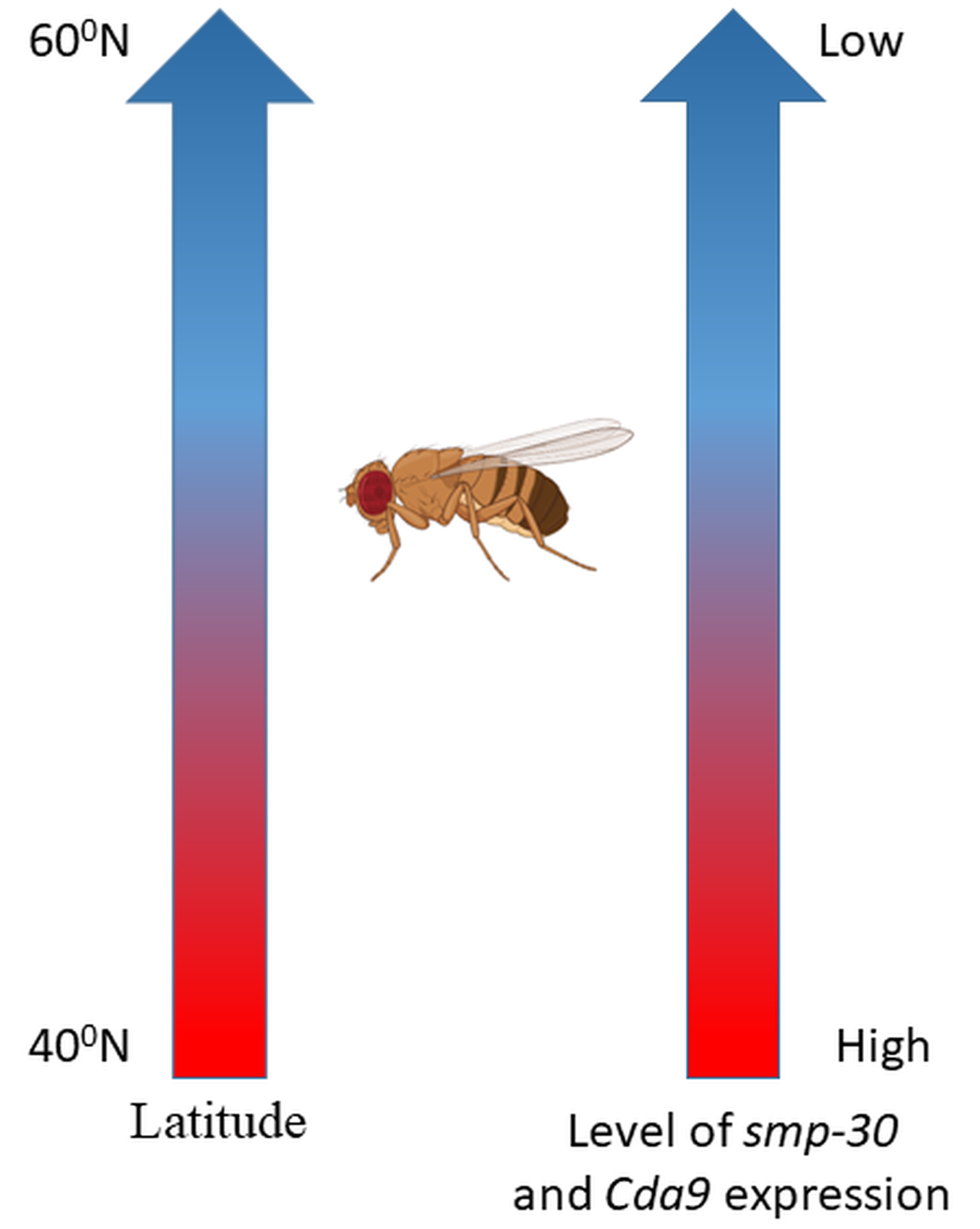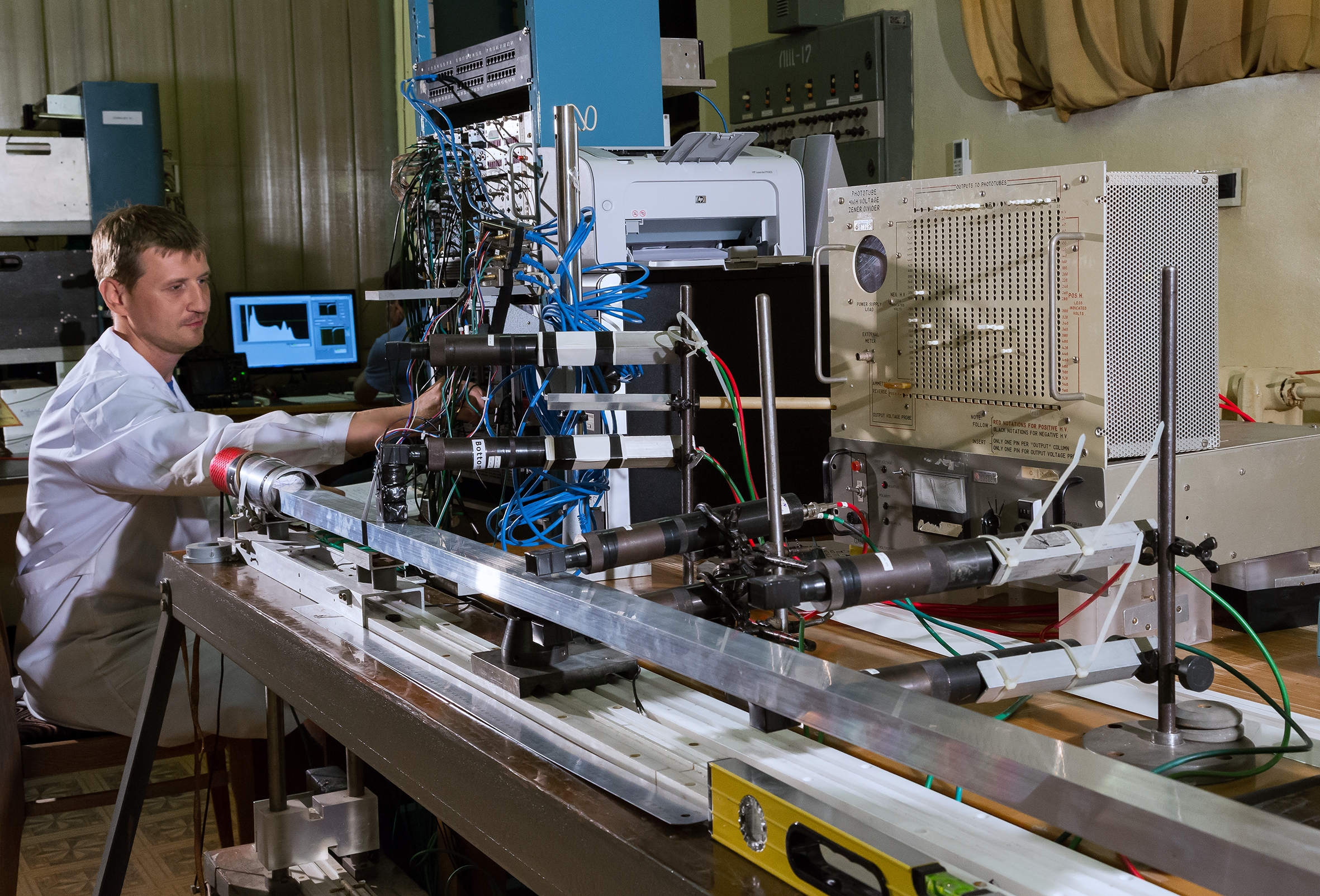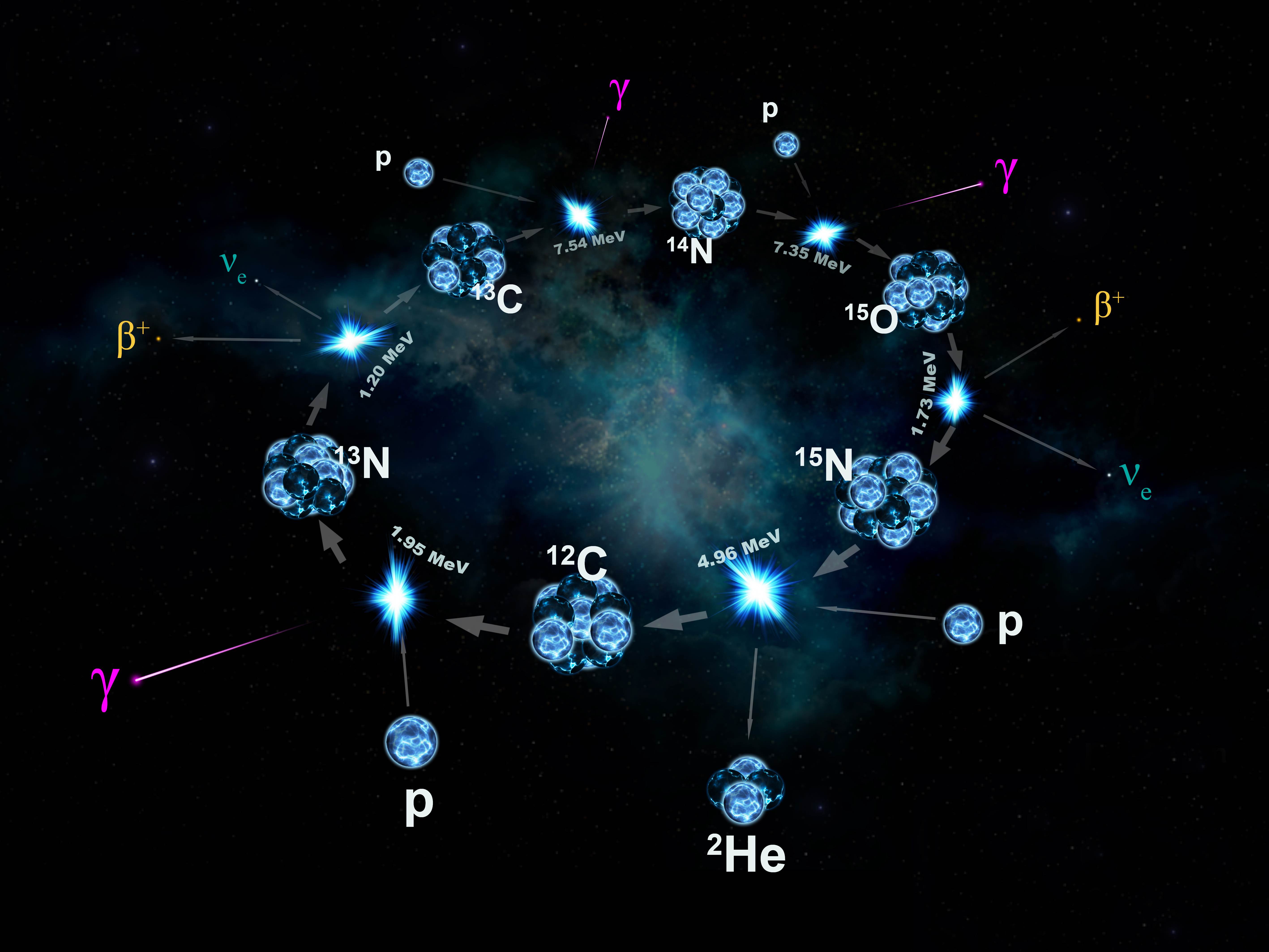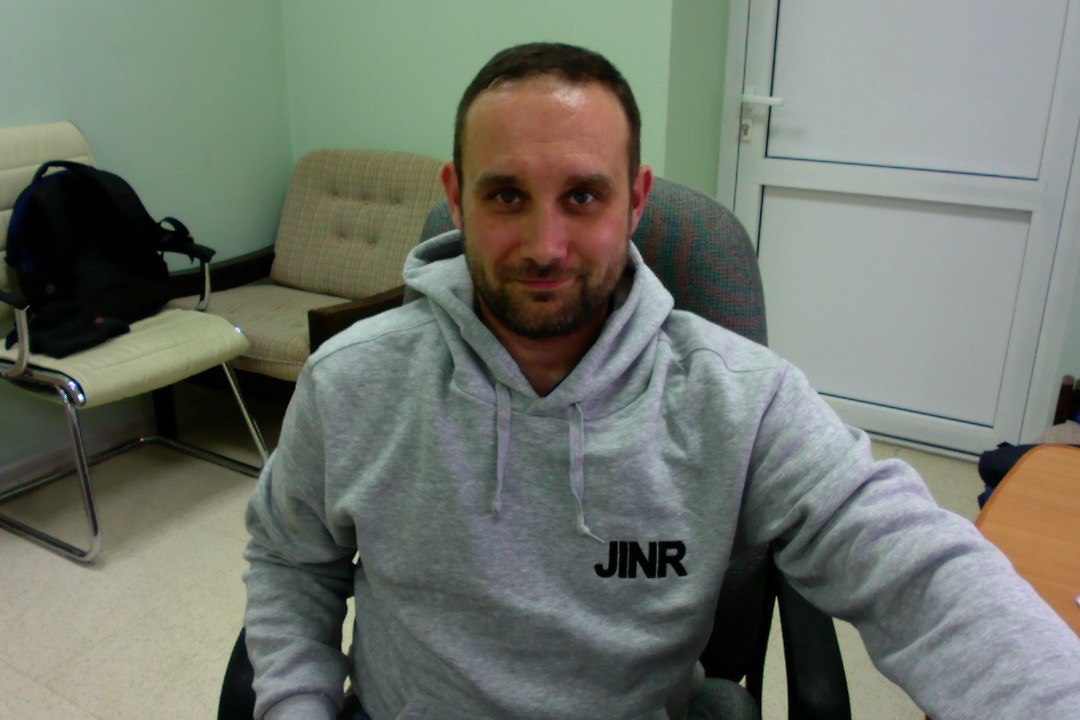News
07.07.2020
We are delighted to announce that the Dzhelepov Laboratory of Nuclear Problems has subscribed to Overleaf's Group Professional licenses. Overleaf’s premium accounts will enable our researchers to collaborate with internal and external institutions on a wide variety of documents, easily synchronize with Dropbox & GitHub, all whilst keeping their documents and versions well organized.
“Over the last several years, the JINR researchers frequently used Overleaf under individual licenses and were greatly impressed by the tool. From now on, they are enjoying the professional Overleaf licenses significantly boosting their collaboration opportunities.”
Dmitry Naumov Doctor of Physics and Mathematics Deputy Director for Science of DLNP, JINR
06.07.2020
From 2 to 5 June 2020, the online-meeting of the Baikal collaboration (BAIKAL-GVD project) took place. At a time of unprecedented circumstances caused by the COVID-19 outbreak, the meeting was held using the Zoom system. Within three days, 35 reports were made by attendees addressing the results of the expedition 2020, infrastructure development, topics on the GVD-21 deployment, the status of numerical modelling and much more. The Collaboration Committee assembled on 5 June.
04.07.2020
Today, the eldest researcher of the Dzhelepov Laboratory of Nuclear Problems Yulian Aramovich Budagov is 88! Two flipped eights—a double infinity sign—is a rare symbol. Chinese people believed that an eight is a symbol of luck, Jews respected it as God’s number, ancient Greeks found stability and harmony in it, Indians considered it as a fusion of male and female principles in nature. This sign can also be defined as eternity of cognition and everlasting human striving for self-perfection and understanding of the world. We wish Yulian Aramovich not to stop moving towards cognition and harmony in his inside and outside world! Stay strong, active and healthy following this way! May grateful trainees and caring colleagues always surround you! May the Universe give you good chances every day to realize your intentions! And good luck in all you do!
01.07.2020
Can the years spent in ideal conditions eliminate natural selection that affected living organisms for millions of years? It is believed that Homo sapiens is there for about 1600—1800 generations. And with a 25-year-long human generation, it would take hundreds and thousands of years to answer this question. However, using model organisms with a short life cycle but with the life and adaptation processes common for different organisms can give some answers.
Drosophila melanogaster, a fruit fly, is widely used as a model object for studying the way living organisms adapt to environmental changes and inherit certain traits.
01.07.2020
Although the Standard Model describing electromagnetic, weak and strong interactions within a unified approach was verified in plenty of experiments, there are many indications that it could be just a component of a general theory, and the interactions, not defined through this model (New Physics), are to be expected at the energies significantly lower than the Planck energy. The search for New Physics is advancing simultaneously in several directions: the search for new particles at the Large Hadron Collider, in astrophysical observations (dark matter and dark energy), in precision measurements and in the search for the processes violating theoretical calculations within the Standard Model. Even a small deviation of the measured value from its theoretical prediction will allow concluding that the theory is incomplete and setting limitations on its extension.
01.07.2020
This week, the Neutrino-2020 conference is underway, the most authoritative event among the scientists involved in neutrino physics. The conference is held every two years, this year online. Traditionally, the main results of the studies conducted by physicists during the previous years are introduced at the conference, which explains the vast target audience. The last conferences were attended by about one thousand participants.
24.06.2020
“The GEEK PICNIC experience was sometimes compared with diving into another Universe. And we wondered what this “other Universe” is like? Let’s find it out within the first GEEK PICNIC Online edition!”
In this way, the organizers of the annual festival of achievements in science and technology invite their guests to the virtual platform of the anniversary event. This year, JINR joined in the festival as a partner for the second time.
19.05.2020
The first days of the quarantine are over. We got acquainted with a new reality, faced unexpected challenges and made amazing discoveries. What about our colleagues? Which points became crucial for their perception of a new normality? And what conclusions did they come to? What helps them stay positive and joyful? How did they manage to balance remote work and a noisy family?
From April 26 to May 10, we carried out the survey “Work from Home, or New Facets of Everyday Life”. Today we would like to tell you about the findings of the survey in which 45 staff members of our laboratory took part. We thank all of them for their sincere answers, which would surely help everyone look at the world around us and ourselves in a slightly different way.
07.05.2020
Our Section of Methodological Research at the Particle Physics Experimental Department embraces a lot of research methodology directions at our Laboratory. We are located in the laboratory complex built in 2014 and known to everyone as the “Green Laboratory” (according to the building exterior colour) or as foreigners would put it “GreenLab”. The team of scientists engaged in our activities is a bit more numerous than just our staff members since we involve experts from different sections within our department and sometimes even from other departments and laboratories.
05.05.2020
There are several structural divisions at the Dzhelepov Laboratory of Nuclear Problems that still continue working during lockdown. They are the Directorate of the Laboratory, Group of Information Networking and Physics Experiment Automation, Department of Electrical Technology, Section of Warmwater Supply and Ventilation, Economic and Administrative Division, Section of Molecular Genetics of the Cell and Group #8 of Phasotron Department responsible for the life support of the unique drosophila collection.
03.05.2020
An animated video of the Baikal Neutrino Telescope assembly. Imaging by Yegor Shevchik and Semen Gursky, the sound by Mikhail Zhukov.
01.05.2020
Here you can find the educational film “Life, Its Purpose and… Science” after the idea of Doctor of Physics and Mathematics Vadim Aleksandrovich Bednyakov. The film script is written on the basis of the article by Vadim Aleksandrovich published in the JINR weekly newspaper “DUBNA: Science, Community, Progress” #34-35 on August 31, 2017.









